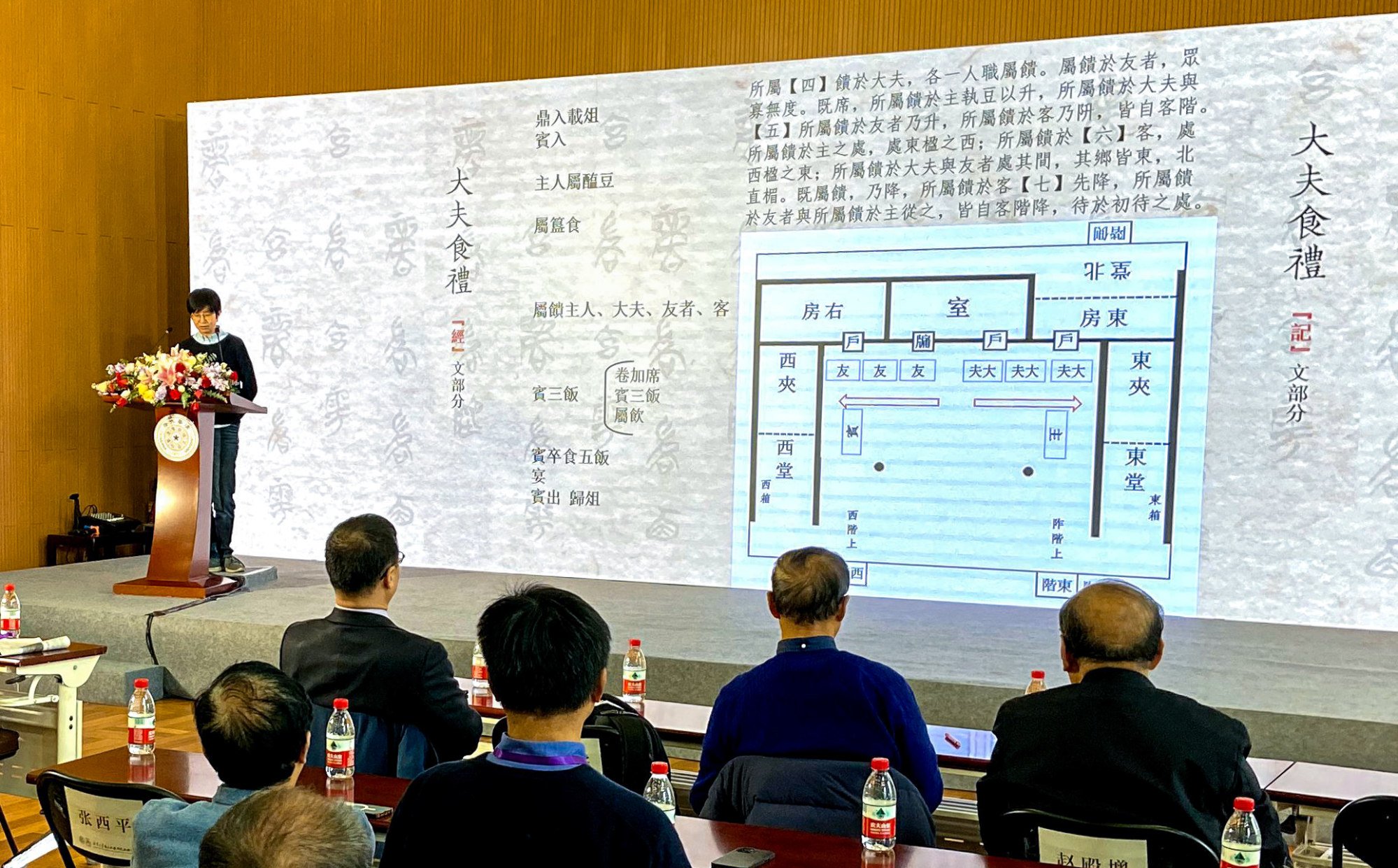The pentagram, or five-pointed star, is a mysterious symbol which has profound philosophical and religious significance to a number of different civilisations around the world. From around 300–150BC, it served as the symbol of Jerusalem. Today, many national flags feature pentagram designs, including China.
Archaeological studies have discovered pentagram patterns on Sumerian pottery in the ancient city of Ur in Mesopotamia dating from around 3000BC. In the same period, about 5,000 years ago, the earliest known pentagram graphic also appeared in China.
There are different theories as to the origin of the pentagram symbol. Some academics think ancient Chinese artisans drew inspiration from the shapes of flowers in nature, while others believe it may be connected to ancient observations of the trajectory of Venus.
For instance, the pentagram was used in ancient times as a Christian symbol for the five senses, or of the five wounds of Christ. For modern occultists, its major use is a protective charm against evil forces. Meanwhile in Western culture, it is often seen as a symbol of Satanism.
But now, this latest Chinese archaeological discovery has given the ancient symbol a new meaning – associating it with melody.
Since 2010, Tsinghua University has unveiled research results annually from the bamboo slips, and on December 10, they released the findings from the 13th batch, comprising five bamboo books. It is the first time the research has involved music-related literature in the Warring States texts.

One of the musical texts, titled “Wu Yin Tu” (Diagram of the Five Tones), is made up of 35 long bamboo strips. When placed together, a pentagram-shaped pattern emerges at the centre of the layout.
Following each point of the pentagram are characters representing the names of the five musical scales, arranged in a line extending in five directions.
The pentagram pattern represents a mathematical method for establishing musical scales called the threefold loss-gain method, according to Jia Lianxiang, associate professor at the Research and Conservation Centre for Unearthed Texts at Tsinghua University.
The pitch of musical notes is determined by their wavelength.
“Although the ancient Chinese did not understand the physics of mechanical waves, they derived principles entirely consistent with modern sound theory from the practice of string and wind instruments. This is closely related to the relatively advanced mathematics of that time,” Jia said.
When asked how the discovery made him feel, Kong said: “Imagine that for a person who uses chopsticks every day, what his or her reactions would be when shown ivory chopsticks unearthed from the Warring States period for the first time.”
How Xi’s nod to ancient Chinese ruins reinforces Beijing’s historical narrative
How Xi’s nod to ancient Chinese ruins reinforces Beijing’s historical narrative
He said, the threefold loss-gain method was actually recorded in a prior Warring States period – the Spring and Autumn Period – in the Guanzi ancient text, and was practised even earlier than that.
But as far as he knows, the representation of this method in the form of a pentagram is a first.
“The five characters on this pentagram correspond to the Chinese traditional five basic elements, or “Wu Xing”, that is, metal, wood, water, fire and earth,” Kong said, adding that it is a musical theory that is unique to China.
However, the music methodology about scales is universal. Musical scales with five notes per octave, known as pentatonic scales, were developed independently by many ancient civilisations and are still used in various musical styles to this day.
“It is amazing to see the strong mathematical and scientific thinking of ancient Chinese behind the music theory,” Huang Dekuan, director of the university’s Research and Conservation Centre for Unearthed Texts, said in an interview with the mainland official outlet China Science Daily.

